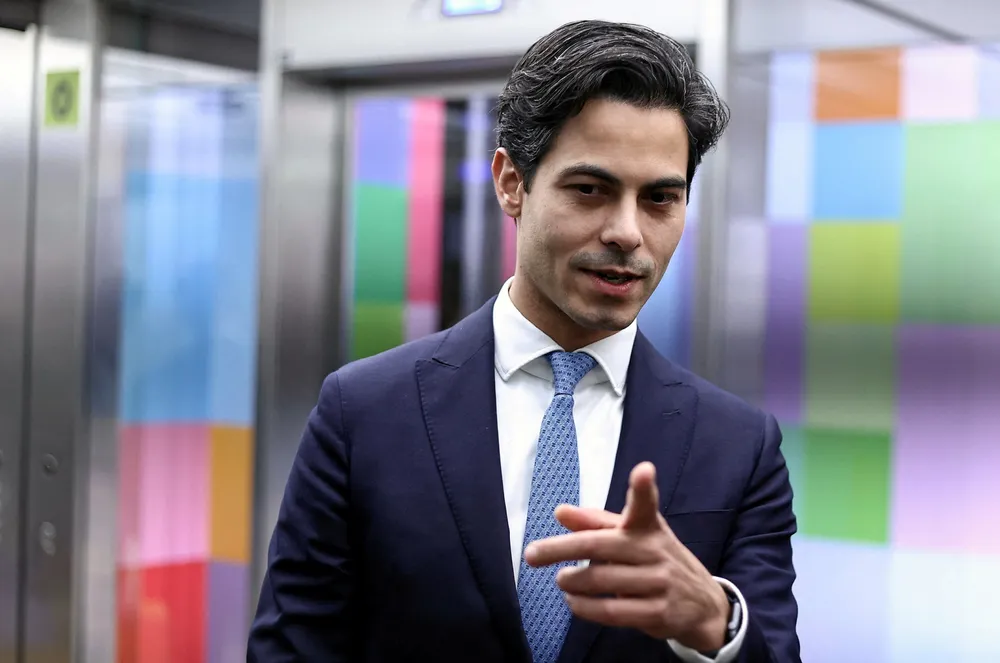Dutch government unveils more than €7.5bn of spending on green hydrogen in new climate package
Money will go towards onshore and offshore H2 production, imports, storage and a North Sea pipeline network

Money will go towards onshore and offshore H2 production, imports, storage and a North Sea pipeline network
